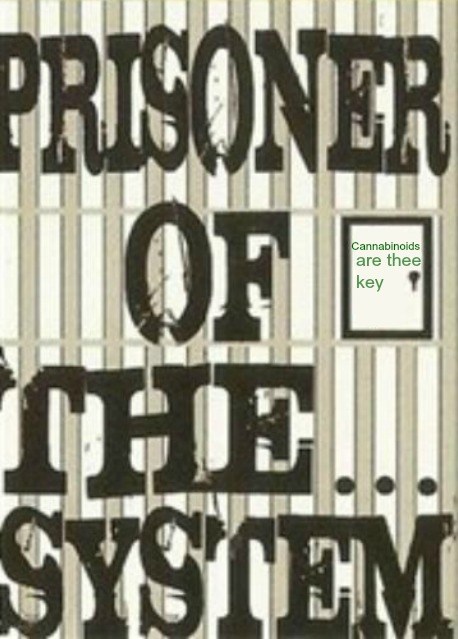Striatal Molecular Signature of Subchronic Subthalamic Nucleus High Frequency Stimulation in Parkinsonian Rat.
Source
Aix-Marseille Université, CNRS, IBDM UMR 7288, Marseille, France.
Abstract
This study addresses the molecular mechanisms underlying the action of subthalamic nucleus high frequency stimulation (STN-HFS) in the treatment of Parkinson’s disease and its interaction with levodopa (L-DOPA), focusing on the striatum. Striatal gene expression profile was assessed in rats with nigral dopamine neuron lesion, either treated or not, using agilent microarrays and qPCR verification. The treatments consisted in anti-akinetic STN-HFS (5 days), chronic L-DOPA treatment inducing dyskinesia (LIDs) or the combination of the two treatments that exacerbated LIDs. STN-HFS modulated 71 striatal genes. The main biological processes associated with the differentially expressed gene products include regulation of growth, of apoptosis and of synaptic transmission, and extracellular region is a major cellular component implicated. In particular, several of these genes have been shown to support survival or differentiation of striatal or of dopaminergic neurons. These results indicate that STN HFS may induce widespread anatomo-functional rearrangements in the striatum and create a molecular environment favorable for neuroprotection and neuroplasticity. STN-HFS and L-DOPA treatment share very few common gene regulation features indicating that the molecular substrates underlying their striatal action are mostly different; among the common effects is the down-regulation of Adrb1, which encodes the adrenergic beta-1- receptor, supporting a major role of this receptor in Parkinson’s disease. In addition to genes already reported to be associated with LIDs (preprodynorphin, thyrotropin-releasing hormone, metabotropic glutamate receptor 4, cannabinoidreceptor 1), the comparison between DOPA and DOPA/HFS identifies immunity-related genes as potential players in L-DOPA side effects.


